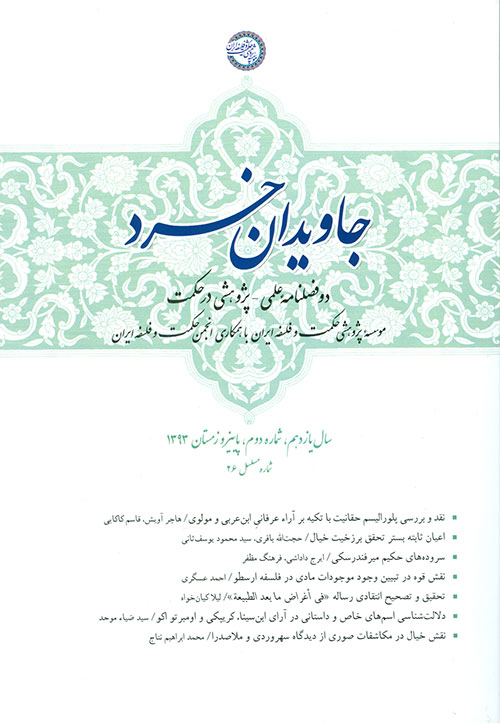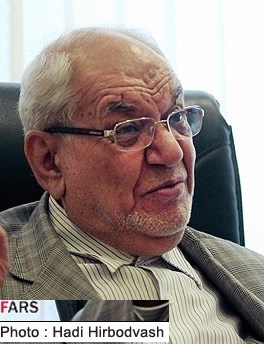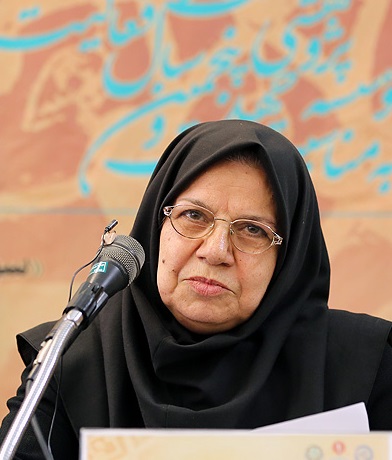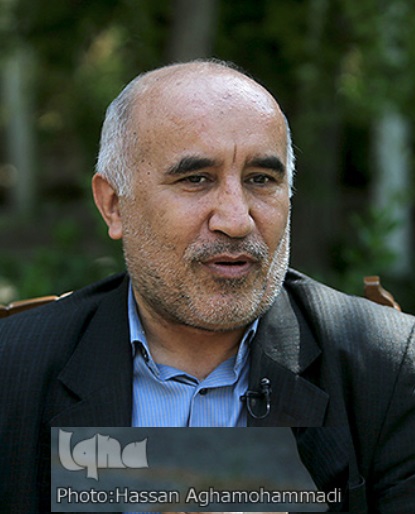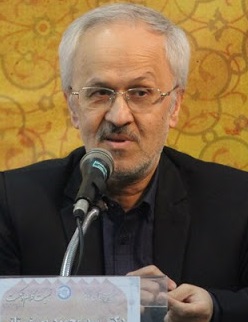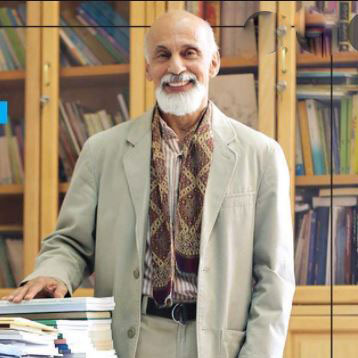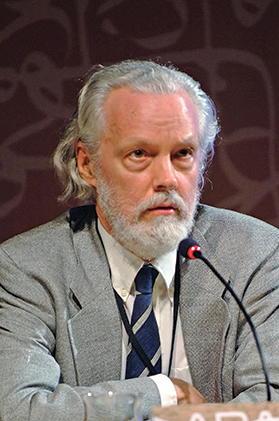Model of hermeneutic understanding of the Qur'an based on Gadamer's thought
Keywords:
Truth and Method, Religious enlightenment, Understanding the Qur'an, Gadamer, philosophical hermeneuticsAbstract
AbstractIn Truth and Method, Gadamer deals with the concept of understanding and how it is formed. His thoughts have greatly influenced on the Qur'anic studies of Muslim religious enlighteners. In addition to depicting different types of understanding, he also peels off their weaknesses to show the true model of "understanding". In this research, an acceptable form of understanding the Qur'an based on Gadamer's system of thought has been revealed.Tise study tries to show with a descriptive-analytical method that the types of understanding, whether "pure objective or historical", "pure Subjective or modern" and "dialogue", do not reveal the truth of the Qur'an. Their defect is due to the negation of the role of some constructive elements of understanding. According to Gadamer, the true understanding of the Qur'an is "theological-dialogue". In fact, we encounter an important addition to Gadamer's "model of general dialogue" as the "monotheistic belief of the interpreter". whatness-wh Key words: Truth and Method, Religious Enlightenment, Understanding the Qur'an, Gadamer, Philosophical Hermeneutics. Hermeneutics was initially founded on an epistemological approach based on the empirical method, but with the entry of Heidegger and especially Gadamer into the field, an "ontological" approach was introduced. An important point of difference between the two approaches is the complete dominance over "understanding" or lack of it. In the epistemological approach, the understander (subject) is able to fully understand the "text" as an "object" by applying a series of rules and methods. But in the ontological approach, understanding is an existential phenomenon and not a pure epistemology, and the comprehensor cannot completely master the "truth of the text" (the subject matter), because the subject understands itself in the context of existence, and existence is infinite.In Truth and Method, Gadamer criticizes those who have diverted hermeneutics from its original way, it means understanding the subject matter. He tries to peel off the true meaning of understanding because from his point of view, hermeneutics influenced by the Enlightenment has distanced from its true meaning. He believes that the followers of the Enlightenment consider understanding as predictable phenomenon by the subject. Gadamer rejects the theory of the transcendence of the subject because the subject is present in the formation of understanding as the object (text).Muslim religious modernists have introduced hermeneutics to the context of the Qur'an in the last century, and the choice of any of these approaches has had a significant impact on Muslims' understanding of the Qur'an. The most challenging Qur'anic hermeneutic approach is Gadamer's ontological approach that its use by some religious intellectuals has encountered the islamic world with serious doubts.It seems that an important part of the Qur'anic understandings acquired by contemporary intellectuals, following the application of philosophical hermeneutics, is the product of Lack of accurate understanding of Gadamer's positions on different types of understanding, and its acceptable form, especially about understanding sacred texts. Therefore, this research tries based on Gadamer's truth and method, by adopting a descriptive-analytical method, to answer the question: what model does Gadamer propose for hermeneutic understanding of the Qur'an?! In order to, the types of patterns of understanding from Gadamer's point of view are discussed, and then by adapting each of these patterns to the field of understanding of the Qur'an tries to show: which patterns of understanding does Gadamer consider incomplete?! This study shows that Gadame speaks of four models for understanding including "purely or historically objective", "purely or modernly subjective" and "general dialogue" and "specific or theological dialogue".According to Gadamer, purely objective or subjective understandings are "silent" and "monologue." In historical understanding, the omission of the subject and the lack of attention to the present language of the addressee cause the Qur'an to be considered as an old and mythical text. In modern understanding, too, the omission of the object and the lack of attention to the past language will lead to an understanding of the Qur'an that is, in fact, imposed on it. He sees correct understanding as a "productive" process, not a "pure reproduction" and productive understanding is formed only in a "dialogue" relationship. Gadamer does not see the objectification of the author's lived experience in the process of reproduction as a possible thing , because of the historical principle of understanding. In his view, this impossibility is other than the possibility of the reader reaching the meaning intended by the author.In addition to, the findings of this study show, in a sense, there are two types of understanding: the outward and the inward understanding. The outward understanding means knowing the meaning of the "author", and the inward understanding means understanding the truth beyond the text that is related to the "subject matter". The meaning that Gadamer considers in his hermeneutics is second meaning, although this does not mean denying the possibility of obtaining the first meaning. He also speaks of two kinds of understanding in another sense: a "immediate" and "mediated" understanding of the subject matter. mediated understanding is "historical and psychological interpretation. In the first, reader is naturally able to comprehend the text, if he is not alien to the language of the text and its subject matter. But in the second, if the reader encounters a foreign language, or an unfamiliar subject matter, the natural process of comprehension is disturbed. Therefore, to solve it, he must use grammatical, historical and psychological interpretation and as soon as eimination of disorder, the "main act of understanding" (discovering the truth of the subject matter) is done immediately.According to Gadamer, in understanding the divine text, understander of the Qur'an must have a hermeneutical principle called "common sense" or "intuition of heart" or "monotheistic faith" which is the divine power. In other words, the presupposition that the comprehensor of the scriptures must have ,not merely general or existential, but derived from the position of true and practical faith. Faith means the obligation and commitment of a belief, not merely a state of inner attraction to God.Although for Gadamer the model of dialogue of understanding is an acceptable model, he proposes a more complete model for the sacred texts, as understanding of "dialogue-theology". According to him, if the understander of the Qur'an is "foreign" to its language, he should first use "grammatical-linguistic interpretation" as a "preliminary condition" for understanding in order to "identifying" with the original reader of the Qur'an and remove obscurities in the history and language of its revelation. Now that a commen language has been found, the discussion will be on the "the subject matter". If the subject matter itself is "comprehensible" to the reader (such as the moral parts of the Qur'an), the process of comprehending it begins immediately, and the reader understands the truth beyond the text. And the validity of this understanding also depends on the "corresponding" the productive meaning with the intended meaning of the author. But if the subject matter, in itself, has a hieroglyphic or incomprehensible nature, it is necessary to discover the purpose and mentality of the author through historical data, in order to achieve his intended meaning.
